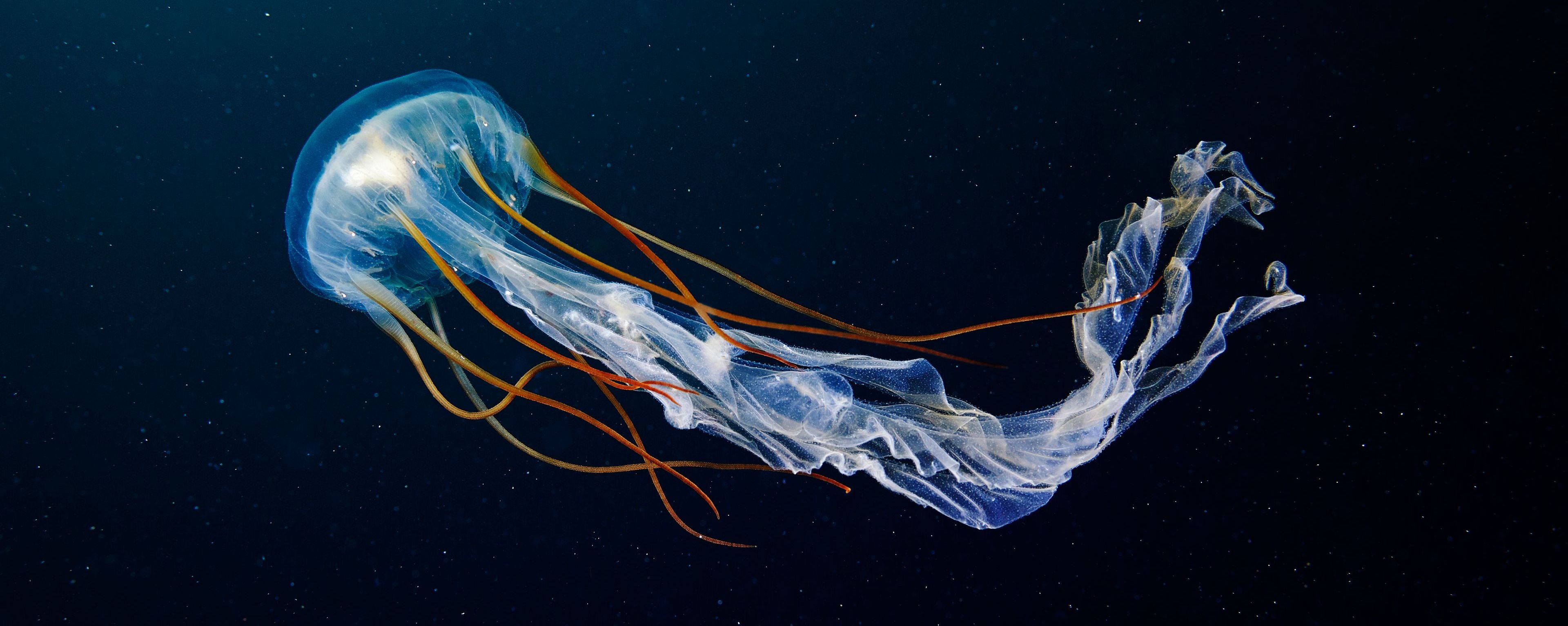The forgotten half of our planet
They belong to no one – and to everyone. The high seas are the lungs of the planet and our big, beating blue heart.
Covering almost half the planet’s surface, and comprising 64 per cent of the global ocean, the high seas are the cornerstone of life itself, and home to unique and critically threatened marine life. As far away as we may think the high seas are, we are all connected to it - and dependent of it. This journey will take you to the ocean’s depths to learn about the high seas and our once-in-a-generation opportunity to protect it.
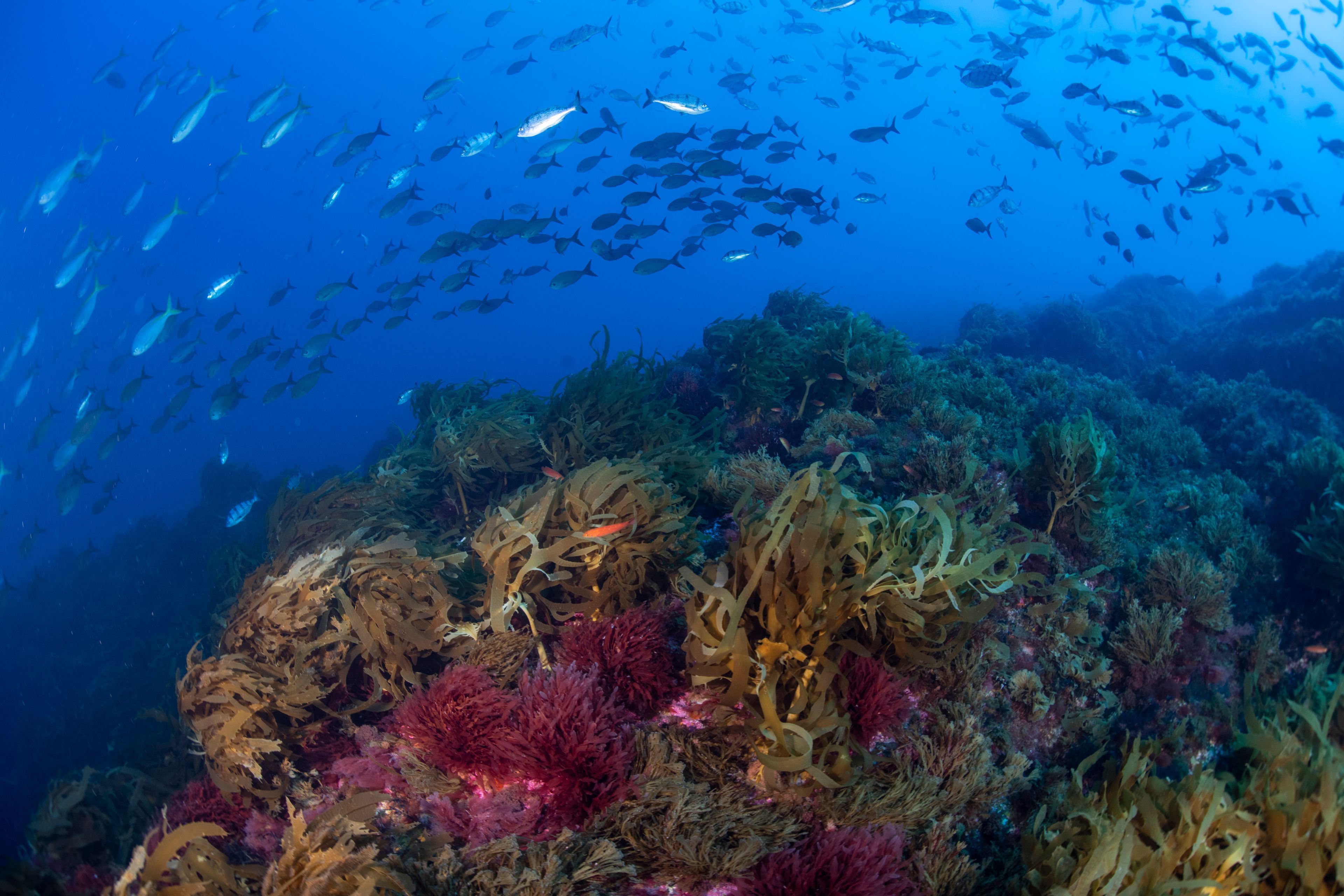
THE LUNGS OF THE PLANET
Did you know we need the ocean so we can breathe? Some 50-80 per cent of the oxygen in the atmosphere has been produced by marine organisms. Most has come from microscopic plants and algae which drift with oceanic currents, absorbing CO2 and releasing more oxygen than all the world’s forests combined. Just one of these organisms, a phytoplankton called Prochlorococcus, produces the oxygen for one in every five breaths we take.
The ocean is also a vital carbon sink, storing 50 times more CO2 than our atmosphere, and every year it absorbs up to 30% of the carbon emitted by human activities. It does this in two ways:
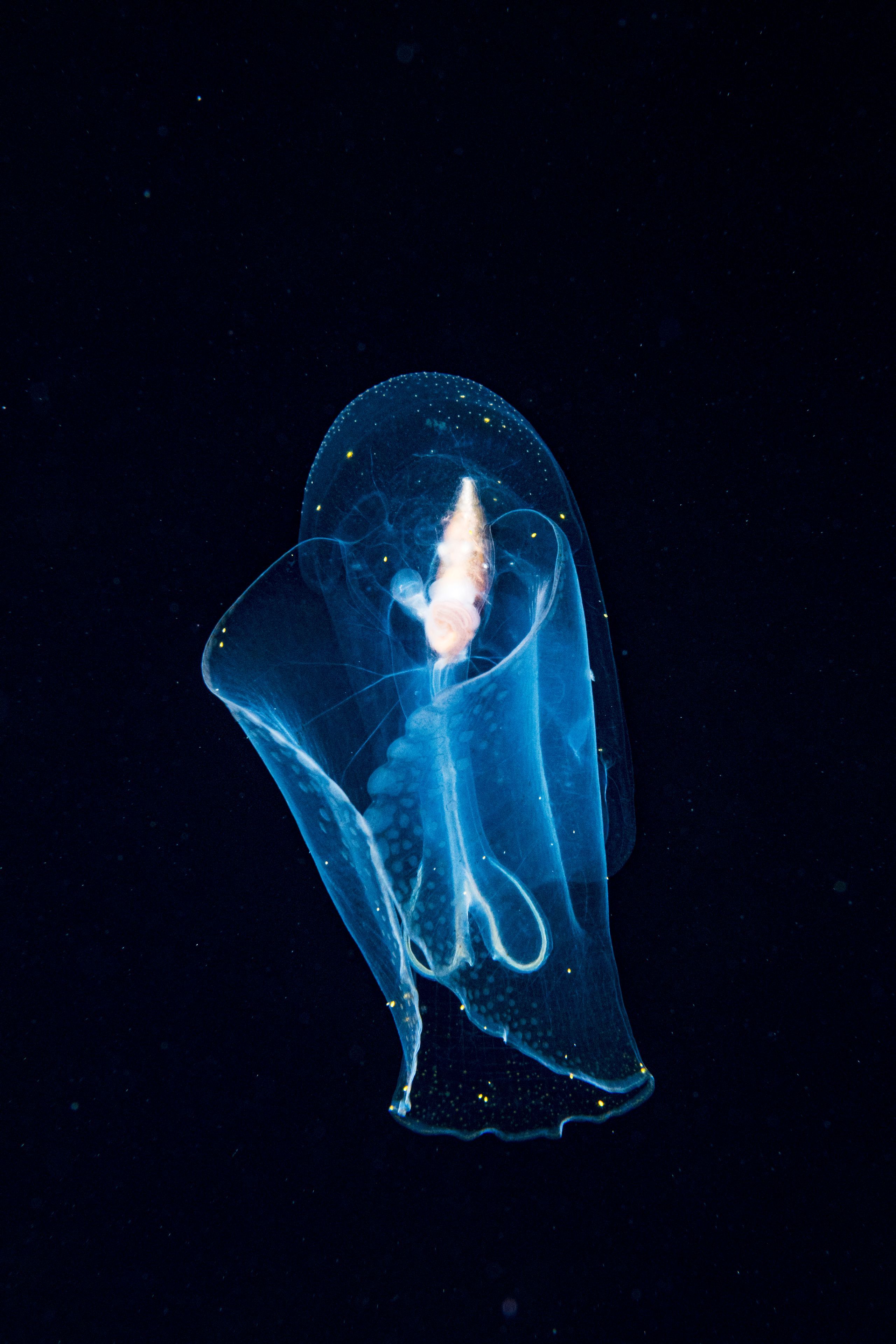
One is through the photosynthesis taking place in those microscopic marine organisms, absorbing carbon into their living bodies then sinking when they die, taking the carbon deep down with them to be buried in the sediments of the seafloor. The other is through chemical diffusion: CO2 is soluble, and it dissolves in surface waters as levels of the gas rise in the atmosphere.
As these surface waters cool they too sink into the deep ocean, where carbon is stored for centuries.
OUR BEATING BLUE HEART
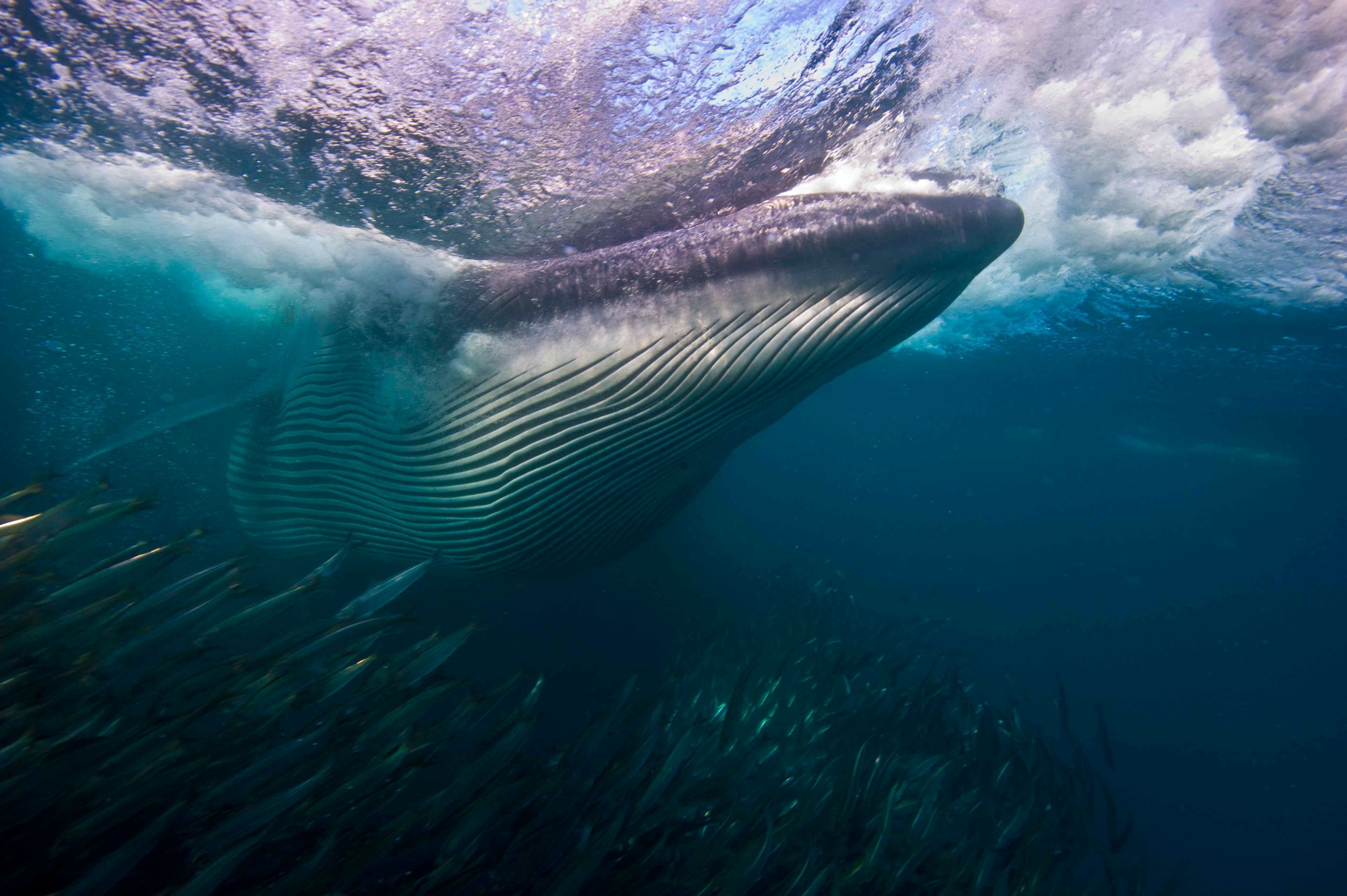
Like the blood that gives life to our body, the waters of our high seas never stop moving around the world. In doing so, they drive our weather systems and regulate our climate. Variations in water temperature and salinity drive a process called thermohaline circulation, creating a complex worldwide system of ocean currents. These currents act like a planetary conveyor belt, transporting warm water from the equator to the poles and cold water back towards the tropics.
Without them, regional temperatures would become extreme – too hot towards the equator, too cold towards the poles – and much land on Earth would become uninhabitable under the unregulated glare of the sun. Rainfall patterns around the world also mostly depend on ocean currents.
TEEMING WITH LIFE
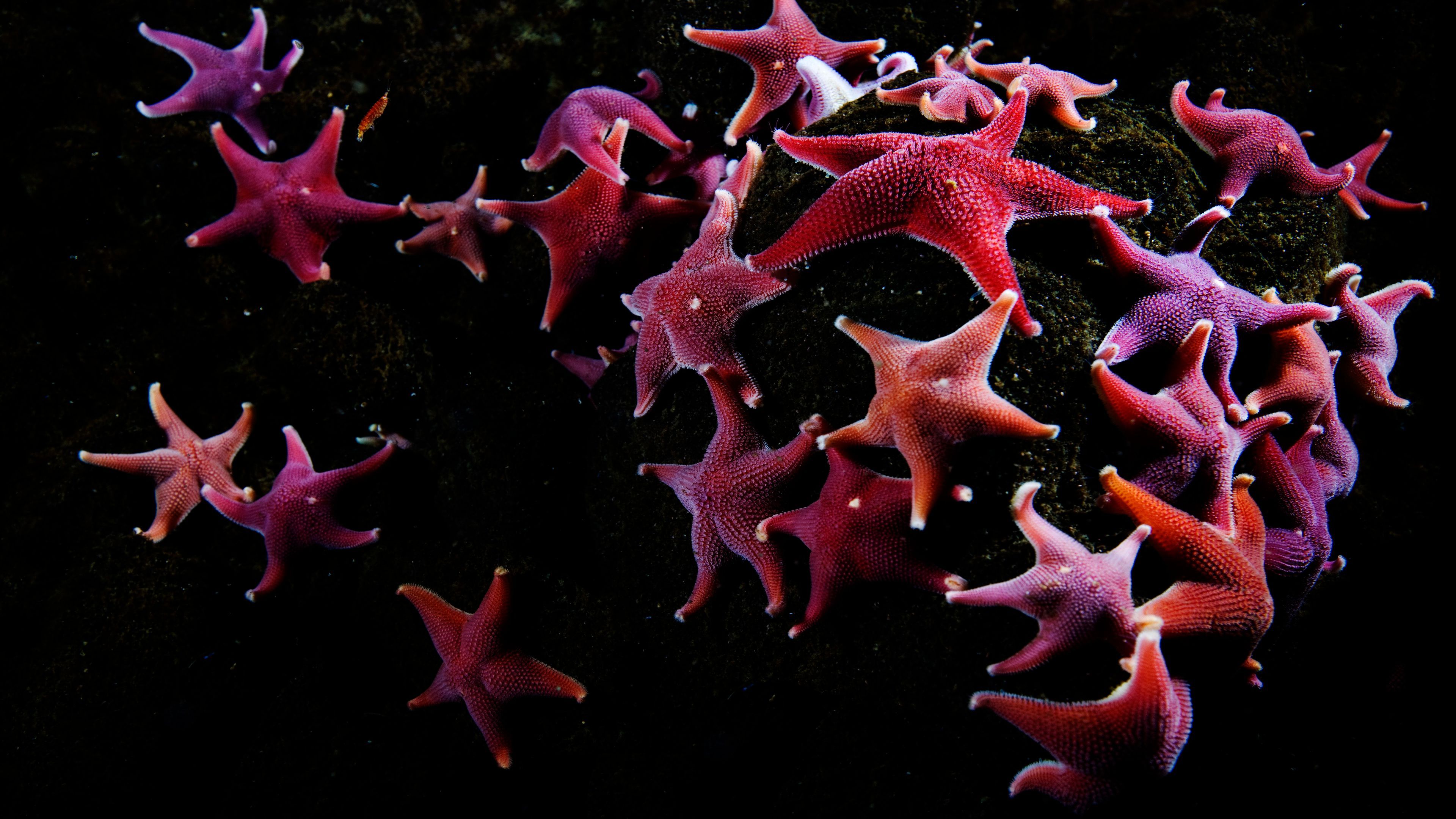
The greatest migration on Earth takes place every day and night in our ocean. Billions of creatures emerge from the depths to feed in surface waters, while surface dwellers dive deep in search of hidden prey.
Even a tropical rainforest cannot match the astonishing biodiversity of the deep ocean, which holds millions of species yet to be discovered.
Beneath our high seas lie a rich array of ecosystems, from vast abyssal plains where the seabed has been undisturbed for millennia, to extremely hot sulphurous vents and active volcanoes. Two-thirds of all coral species live in deep waters, including some which are at least 8,500 years old, the oldest known living organisms in the world. They provide shelter and spawning grounds, nurseries and feeding areas for hundreds of thousands of other marine animals. Elsewhere, strong currents around seamounts – the tens of thousands of undersea mountain ranges include the highest and longest on Earth – concentrate enormous quantities of plankton which form the base of complex food webs, often including a high proportion of unique and endemic species.
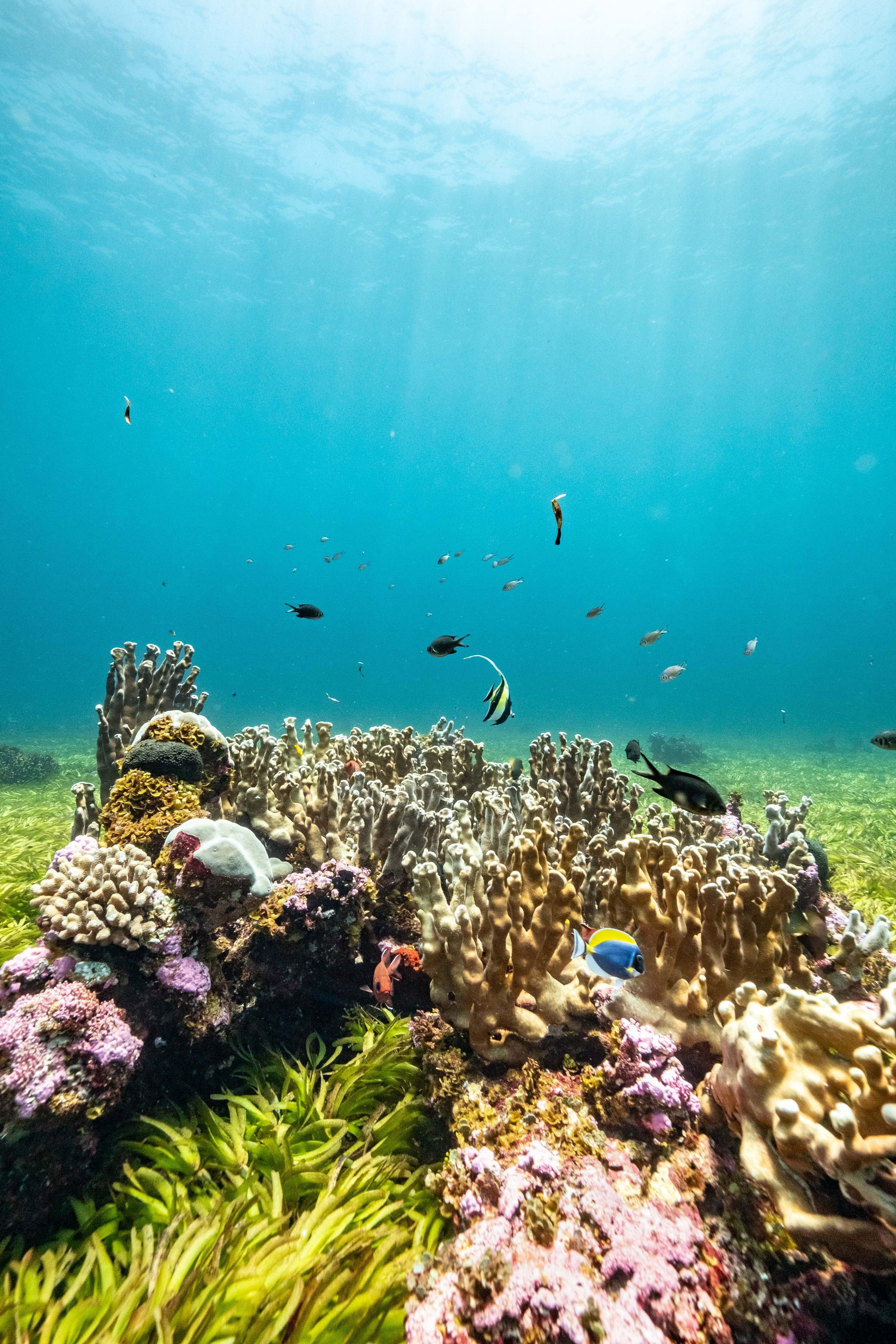
People might be surprised to discover that we’re only at the very earliest stages of learning about the life in these dark waters. So far, biologists have studied about 0.0001% of the deep ocean: we know more about the dark side of the moon.
UNTAPPED POTENTIAL

Like our tropical forests, the deep ocean will likely prove to be a rich source of new medicines as we explore it further. Marine invertebrates produce more antibiotic, anti-cancer and anti-inflammatory substances than any other group of organisms; and scientists are already investigating the potential of deep-water corals and sponges for use against cancer, arthritis and other conditions.
It is not known what other undiscovered medicines lie beneath the sea, and how they could improve our lives in future – but we will only have a chance to find out if deep-water ecosystems remain intact. This field is still in its infancy, and has untold potential to help humanity.
THE UN HIGH SEAS TREATY
- A new treaty under the United Nations Convention of the Law of the Sea (UNCLOS) - a "Paris agreement" for the ocean.
- An international agreement for the conservation and protection of marine biodiversity in areas beyond national jurisdiction (ABNJ)
- Formal negotiations started in 2018, after over a decade of discussions, and is still going on.
You can support a Highs Seas Treaty
On 10 Juni 2021 a petition was launched at the Nobel Peace Center, calling on world leaders to support the adoption of a High Seas Treaty.
Click below to sign the petition.
